In this era of "customized footwear based on foot measurements," shoe design is no longer just a matter of stacking up standard sizes. Instead, it is a precise integration of ergonomics and digital technology. The 3D foot laser scanner has quietly become a new "trump card" in the design process of many shoe manufacturers.
Its emergence has enabled footwear to evolve from being merely “suitable” to truly “fitting,” transitioning from standardized production to personalized manufacturing. So, is this high-precision instrument really suitable for use in shoe factory design? The answer is: not only is it suitable, it has already become a standard tool among high-end footwear brands.
As the name suggests, a 3D foot laser scanner is an intelligent device that uses laser distance measurement principles to collect the geometric data of the foot surface.
Its core lies in the principle of "laser triangulation": a laser emits a fine beam of light onto the surface of the foot, which is then reflected back to a receiving sensor. By measuring the time difference and angle variation of the light path, the device can accurately reconstruct every contour and surface variation of the foot, generating a clear three-dimensional image.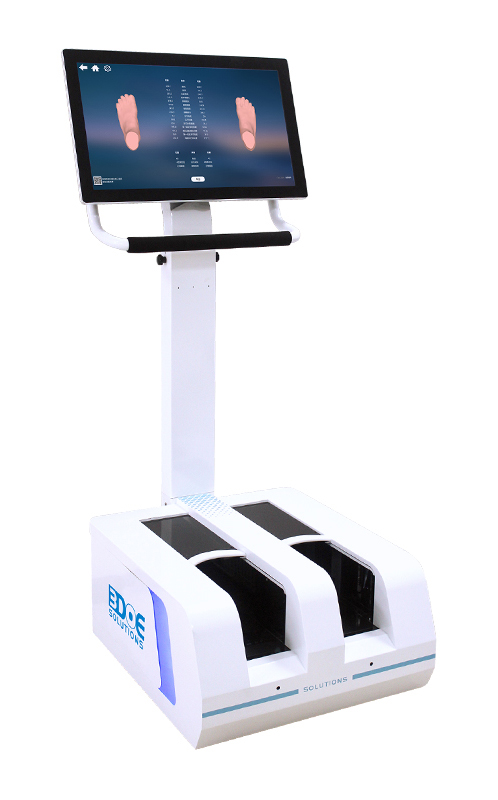
Compared to traditional foot molds or imprint methods, laser scanning offers higher precision and faster efficiency.
Take, for example, the Jingyixun brand on the market, which achieves a scanning accuracy of up to 0.5 millimeters. This is sufficient to capture subtle depressions on the sole, arch curves on the foot dorsum, and toe bone bends. For shoe manufacturers, this means that design no longer relies on "size-based experience," but is instead supported by data, realizing a truly “foot-shaped shoe” concept.
In practical shoe factory applications, the laser scanner can be used in roughly three key areas:
First, during the modeling and design stage. After obtaining the customer’s real foot data through 3D scanning, designers can build a digital foot model in the software, analyzing parameters such as foot length, width, arch height, and toe distribution. Based on this data, shoe lasts can be custom-made to greatly improve fit and comfort—especially useful in the development of sports shoes, functional footwear, and high-end customized shoes.
Second, in last adjustment and optimization. In the past, many shoe factories faced long sample testing phases and delayed feedback during the design process. With laser foot data, potential issues like toe crowding or improper tightness can be predicted and precisely corrected at the drafting stage, shortening R&D cycles and reducing prototyping costs.
Third, for personalized customization services. As consumer demand for uniqueness continues to grow, more and more shoe factories are introducing the C2M (Customer-to-Manufacturer) model. Customers only need to scan their feet on-site, and the system can recommend the most suitable shoe structure and insole configuration—even supporting 3D-printed shoe lasts or insoles—achieving a true data-to-product closed-loop production.
Additionally, the laser scanner can be seamlessly integrated with CAD design systems and 3D printing equipment, helping shoe factories establish a complete “intelligent shoemaking chain,” significantly improving industrial efficiency and product differentiation. For small and medium-sized factories in the process of transformation and upgrading, this is not only a technological innovation, but also an upgrade in brand value.

 +86-0755-86131192
+86-0755-86131192 2025-06-18
2025-06-18 Back to list
Back to list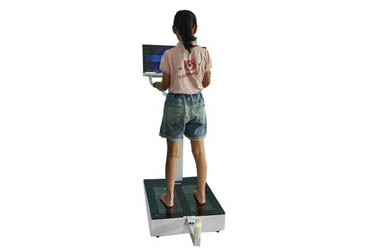
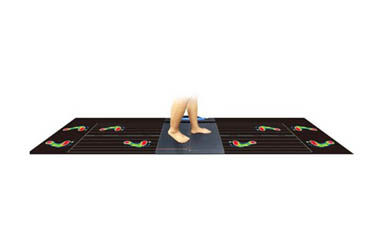
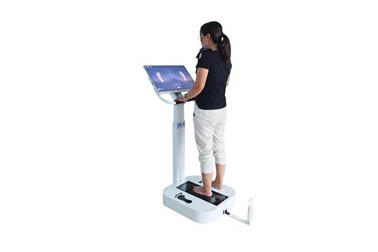

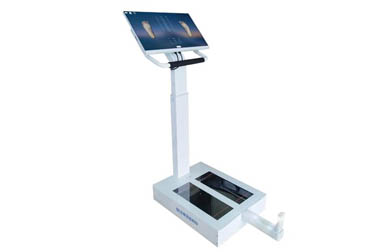
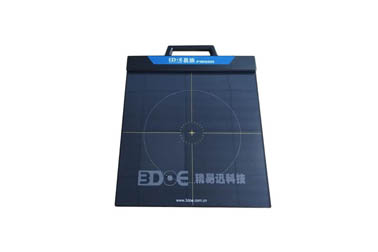



 +86-0755-86131192
+86-0755-86131192